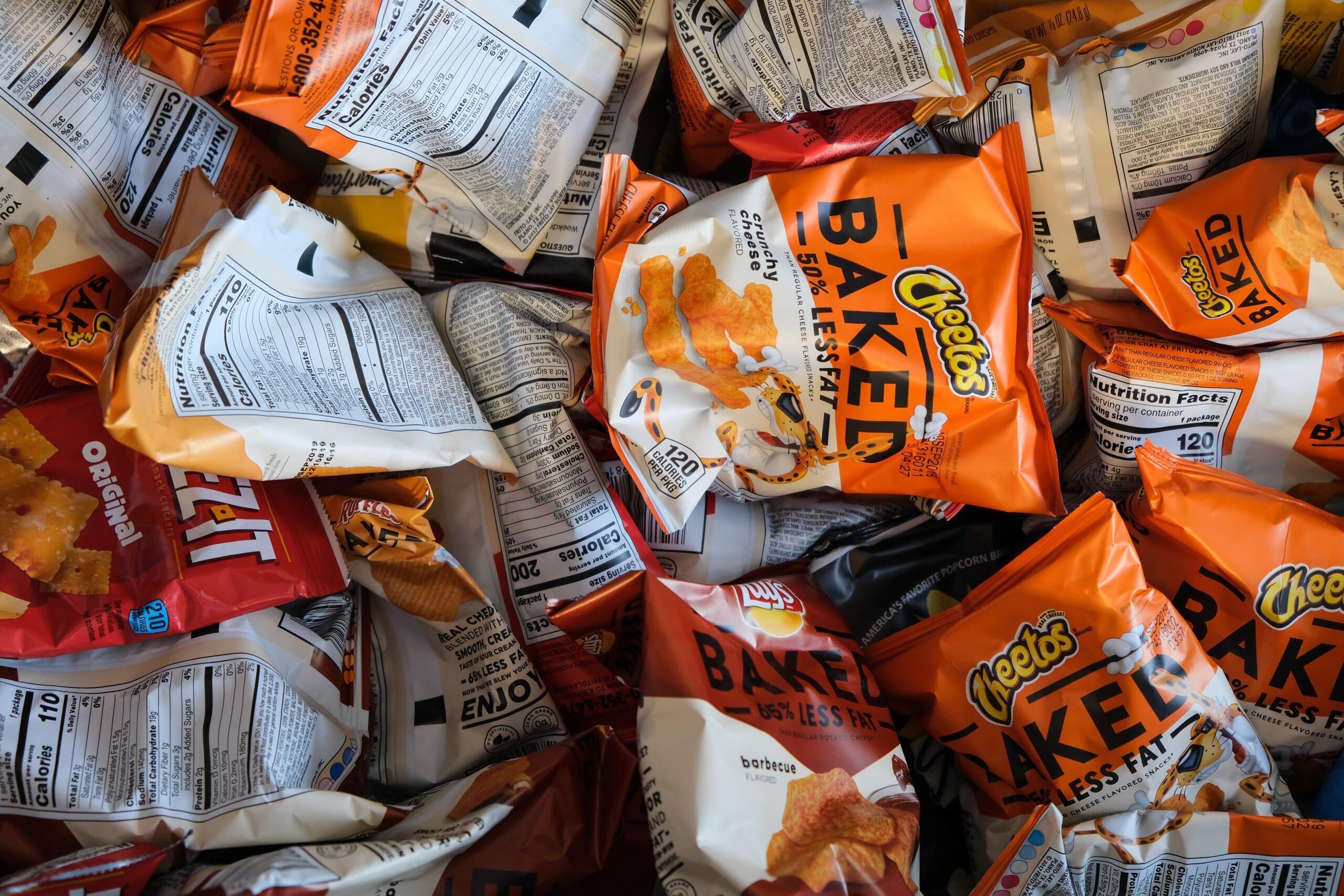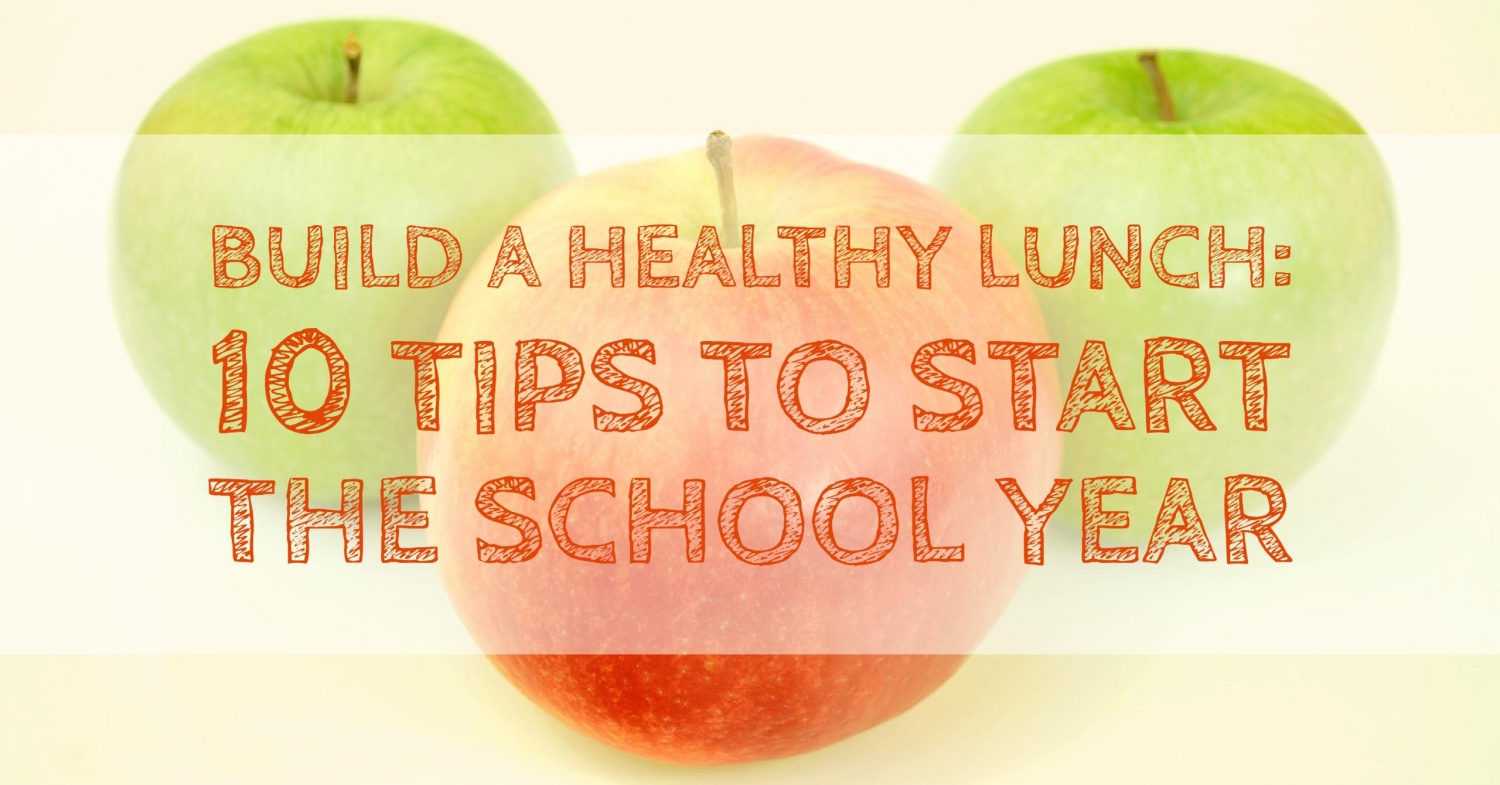Family mealtime can turn from a tug of war to an all-out battle and it seems that children often maintain the upper hand. Parents with the best of intentions find themselves going to extreme lengths catering to their child’s unique eating preferences. How did children gain so much control at the table?
Children don’t have a lot of control over things in their lives. Don’t worry, this is the way it’s supposed to be or you end up with a child that is in charge and rules the house and we all know how that turns out! Children are so incredibly smart and they can sense your desire (and perhaps anxiety) about wanting them to eat healthy. They learn pretty quickly that mealtime is a great way to push your buttons. Kids notice when parents jump through hoops to get them to eat. It quickly becomes a game of “how high” where children test how far parents will go to appease their palette. The whole process is exhausting. Our parents never had this problem!
Foods today are processed in a way that combines the perfect proportions of salt, sugar and fat that make us addicted at a very early age. Combine that with the fact that an over-snacking culture has created an entire generation of children that are rarely very hungry at meal time. Because most processed foods do not contain adequate nutrition, our children are also never truly satiated for long periods of time.
Here are 10 ways that parents can minimize power struggles while encouraging healthy eating.
- The number one thing to do as parents is to model good eating habits and behaviors.
- Only keep food you want the family to eat in the house.
- Instead of teaching your children “good” and “bad” foods, teach them to recognize how certain foods make them feel.
- Don’t give up on foods, especially if you like them!
- Feed kids when they are hungry.
- Make a list of “Personal Best Foods.”
- Spoil them in the produce section of the store.
- Work together to prep.
- Get them involved in cooking, even if time is short.
- Finally, keep your eye on the prize.
The number one thing to do as parents is to model good eating habits and behaviors.
This means “SAY less” and “DO more. From toddlers up to teenagers, the more we harp about how healthy food is, the less they want to eat it. Just lead by example.
Only keep food you want the family to eat in the house.
Imagine putting a week’s worth of snack and junk food on your counter in a pile. Now consider that all of it will end up in your family’s stomach.
Instead of teaching your children “good” and “bad” foods, teach them to recognize how certain foods make them feel.
For example, if you notice they are tired, have stomach pains or a headache, ask them what they ate today and see if they can play detective!
Don’t give up on foods, especially if you like them!
Just because the rest of the family doesn’t like fish doesn’t mean they won’t at some point. Try making it different ways (e.g., breaded, with lemon, over pasta, in tomato sauce) and they may just try it after the 20th time!
Feed kids when they are hungry.
If they are starving off the bus at 4:00P pm, have dinner then. You make the food rules for your house.
Make a list of “Personal Best Foods.”
Interview your children and make a list of all the fruits and veggies they like. You might be surprised how many there are! Keep these foods on hand and prepare them in a variety of ways to support variety.
Spoil them in the produce section of the store.
Tell them they can pick out whatever they want. Have a scavenger hunt to look for fruits and veggies.
Work together to prep.
Have the children help make healthy snack bags each week or assemble smoothie bags for the freezer. Lay out all the ingredients and let them pick their “recipe” and label each bag.
Get them involved in cooking, even if time is short.
Pull up a chair and give them specific tasks that won’t slow you down but give them some control. Kids love using measuring cups, adding a dash of salt or pepper and tearing lettuce pieces for the salad. They can take pride that they helped cook dinner!
Finally, keep your eye on the prize.
Be clear on why your family’s eating habits are important to you beyond basic health. Perhaps a history of family illness is a factor or maybe you want to be able to go out to dinner or travel as a family and enjoy a variety of local foods!
Add lots of fresh foods in and take the emotion out of your meal-time. Over time your children will figure out that eating makes them feel good and is not a way to control you. Bath time, however, may be up for negotiation!




